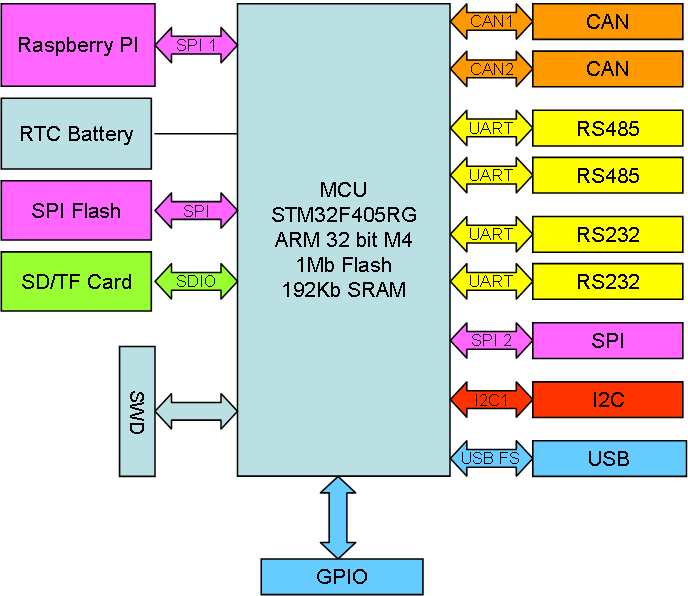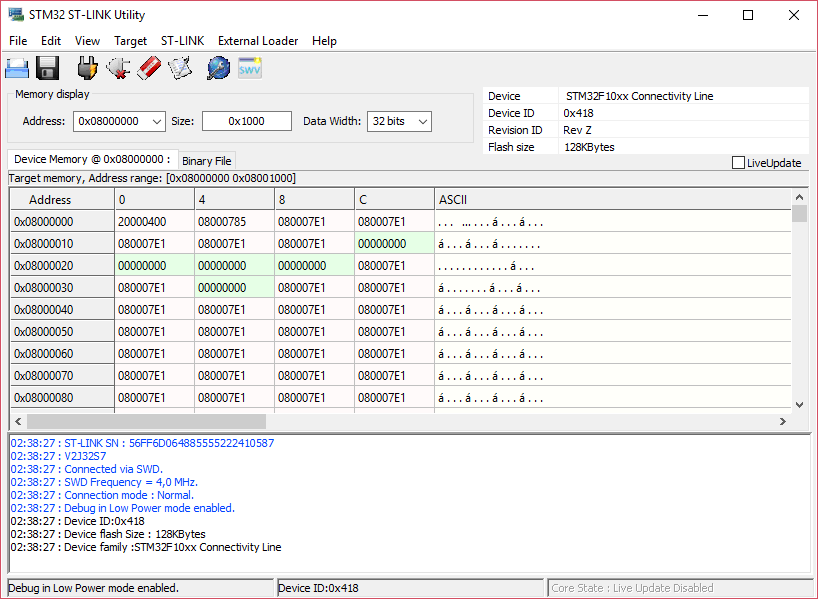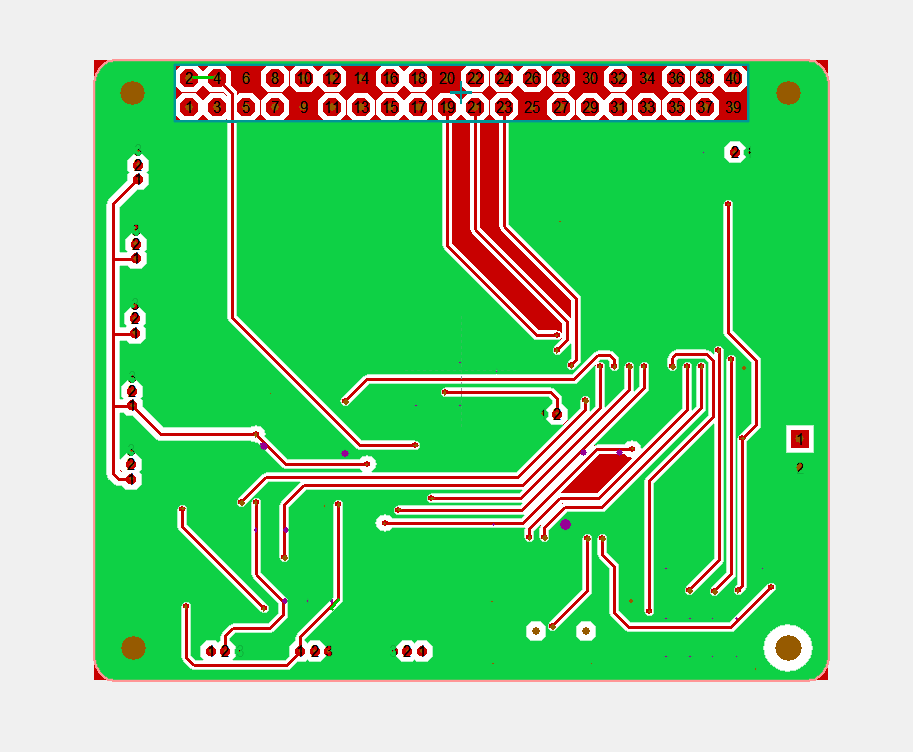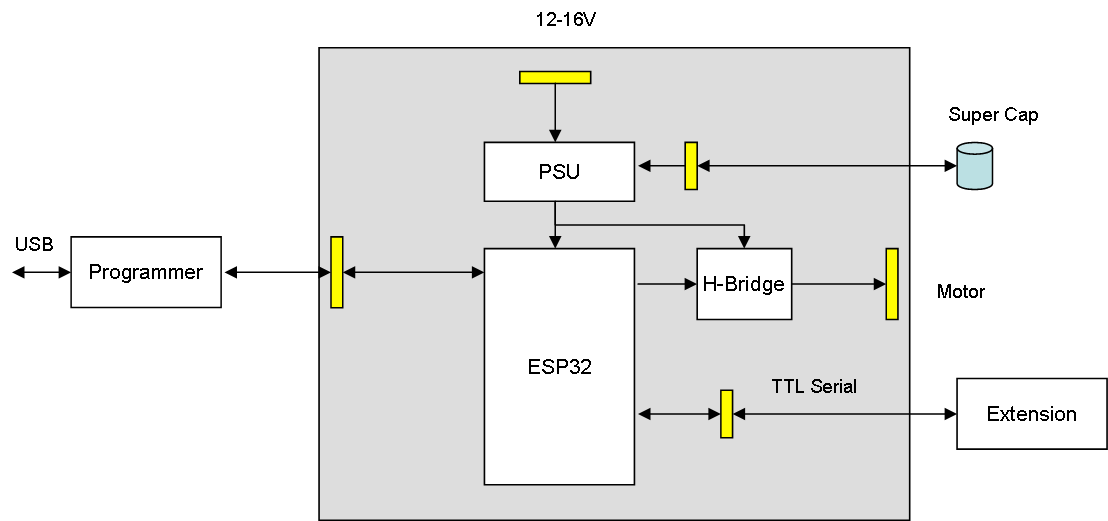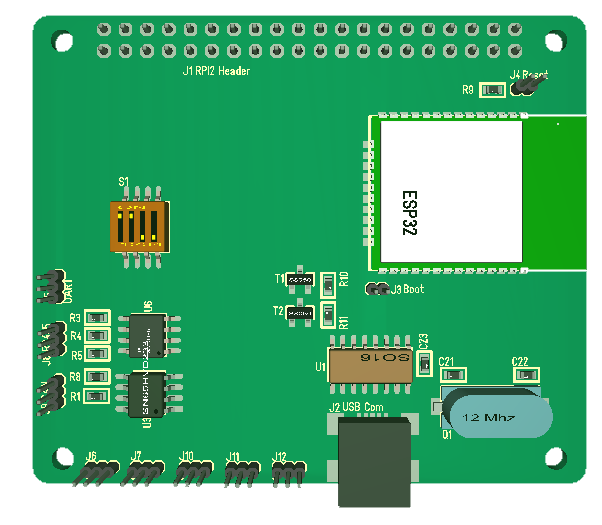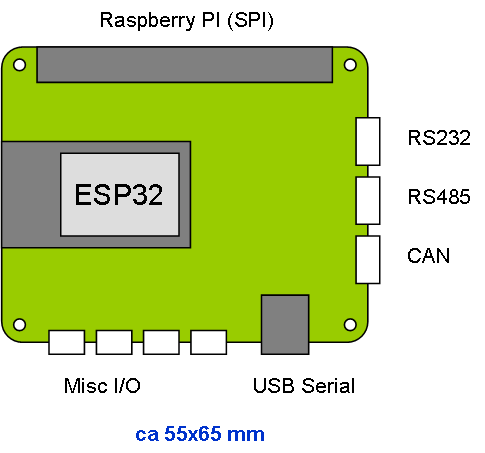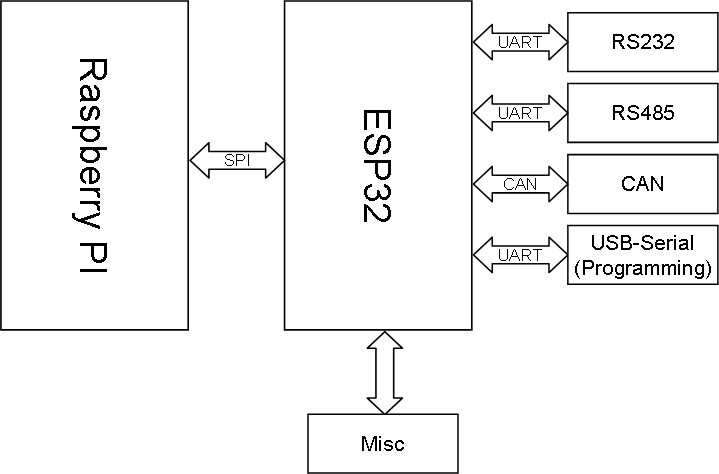I really like CubeMX for what it tries to do, but having used it for a while on different MCU’s I also realize that the code it generate is not very mature. On some MCU’s it works well, on others it don’t even compile or as in the example of STM32F105RB temporary brick the MCU. The F105 is also part OpenOCD since CoIDE behaves better.
This creates an issue because I am not sure wherever to continue with CubeMX drivers or roll back to old ones. Luckily I do not depend directly on either as I use my own HAL wrapping in C++, but I need a driver library to fuel this wrapper and it is not really a path forward to use an old library that is going obsolete.
Moving on to IDE discussion SW4STM32 is a possible path forward as IDE, but I am not convinced. I will use it because it integrate nicely with CubeMX making it an easy path for HW testing, but I am far from convinced I will use it for actual Projects.
EmBitz 1.11 looks very promissing being build on Code::Blocks. The only libraries supported out of the box is however the old standard libraries, but EmBitz does also support other MCU’s. I am however not sure exactly how active this project is + I want to go back and investigate using Code::Blocks itself.
